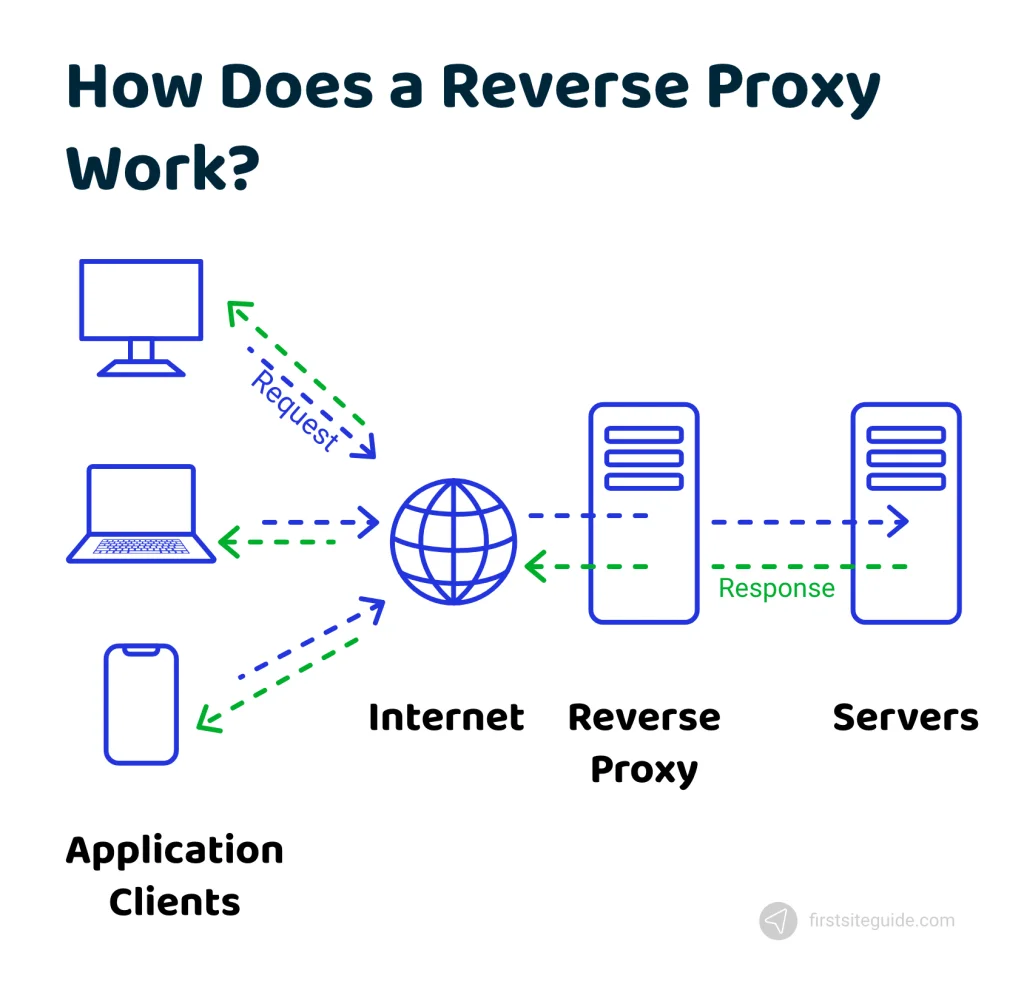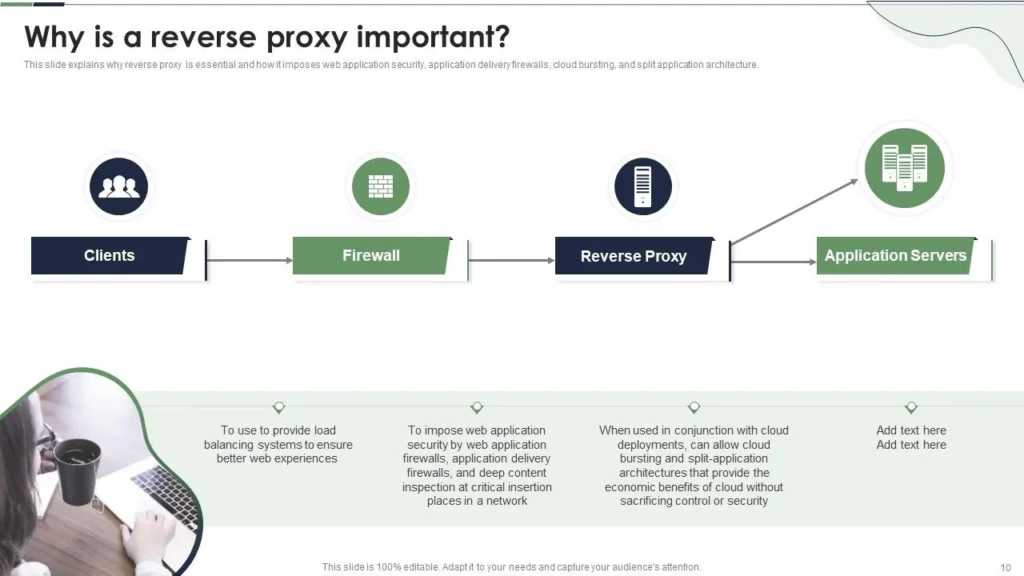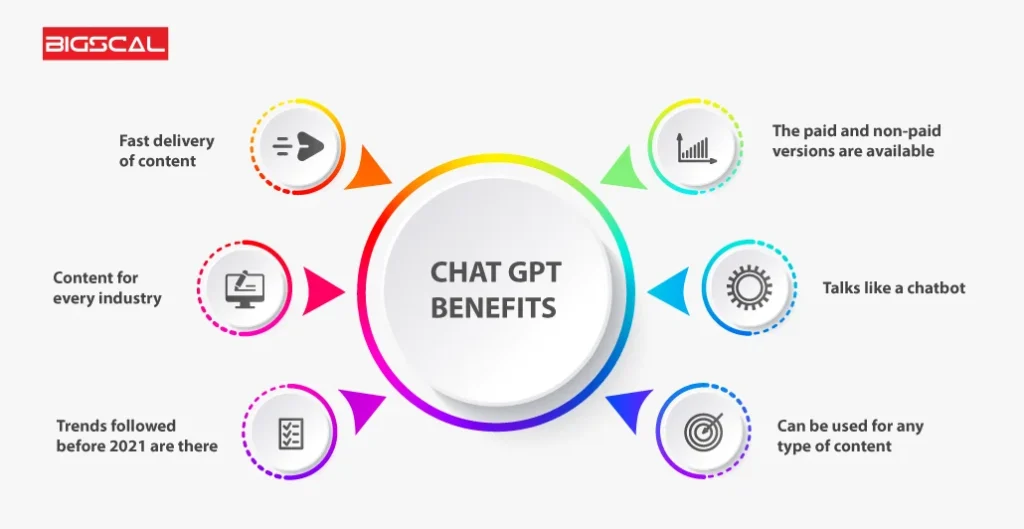In the world of technology, where seamless and efficient communication is paramount, the concept of a ChatGPT proxy emerges as a powerful tool.
As we delve into this ultimate guide, we will explore the fundamentals of ChatGPT reverse proxy and its practical implementation in various systems.
This article aims to provide an objective and impersonal analysis of how ChatGPT reverse proxy works, its benefits and drawbacks, and how it differs from DNS functionality.
By adhering to an academic style of writing that eliminates personal pronouns, we aim to deliver concise, accurate, and informative content that caters to a diverse audience.
So join us on this journey as we unravel the intricacies of ChatGPT proxy and uncover its potential use cases in today’s digital landscape.
Understanding The Basics of ChatGPT Reverse Proxy

By exploring the ChatGPT Reverse Proxy’s core mechanics, readers can gain a better understanding of the fundamental principles that underlie it.
The ChatGPT Reverse Proxy serves as an intermediary between users and OpenAI’s GPT-3 model, allowing for secure and efficient communication. By acting as a middle layer, it enables developers to integrate GPT-3 capabilities into their own applications without requiring direct access to the OpenAI API Proxy.
This reverse proxy system ensures that sensitive information remains protected while facilitating seamless interactions with the language model. The ChatGPT Reverse Proxy offers benefits such as rate limiting, caching responses, and providing additional security measures like authentication and authorization.
Its implementation involves deploying the proxy server that manages user requests by forwarding them to the OpenAI API and handling responses before relaying them back to users.
What are Chat GPT Reverse Proxy Resources?
Available resources for Chat GPT proxy include:
- The OpenAI Proxy is a piece of software that OpenAI created specifically for use with Chat GPT to build and deploy reverse proxies. It simplifies the setup process with its user-friendly interface and clear documentation. The OpenAI reverse Proxy offers features such as request routing, rate limiting, caching, authentication, and logging to enhance the functionality and security of the reverse proxy.
- Online forums and communities: These platforms provide a space for developers to connect with others who have experience in using Chat GPT reverse proxies. Engaging with these communities allows users to gain insights, share knowledge, and troubleshoot issues related to implementing and utilizing Chat GPT reverse proxies.
These resources enable users to effectively leverage the power of Chat GPT in their applications while ensuring efficient deployment and maintenance of the reverse proxy infrastructure.
How Does ChatGPT Proxy Work?
An understanding of the operational mechanics behind ChatGPT proxy is crucial for effective implementation and utilization in various applications.
The ChatGPT reverse proxy works by acting as an intermediary between the user and the GPT model.
When a user sends a request to chat with the GPT model, it first goes through the reverse proxy.
The reverse chat GPT proxy then forwards this request to the GPT model, which generates a response based on the input.
This response is sent back to the reverse proxy, which then forwards it to the user.
By using this architecture, multiple users can interact with a single instance of ChatGPT simultaneously without overwhelming its processing capabilities.
Additionally, it allows for better control over access and usage of resources while maintaining low latency and providing efficient responses to user requests.
Implementing ChatGPT Reverse Proxy in Your System
The implementation of ChatGPT Reverse Proxy in a system, specifically addressing key points such as:
- Identifying communication channels: This step is crucial for effective implementation, ensuring seamless flow of information between the ChatGPT Reverse Proxy and other components.
- Integration and configuration: This involves setting up the reverse proxy within the existing system architecture. It includes configuring the necessary settings and ensuring proper integration with other system components.
- API integration: Enabling interaction with external services is an important aspect of implementation. Integrating the reverse proxy with APIs allows for communication with external systems and services.
- Data transformation: Depending on specific requirements, data transformation may be necessary to adapt inputs and outputs. This step ensures that data is properly formatted and compatible with the reverse ChatGPT proxy and other components.
- Monitoring: Monitoring the performance of the ChatGPT Proxy is essential to identify any issues or bottlenecks. This helps in maintaining optimal performance and ensuring smooth operation.
- Optimization: Implementing optimization strategies can enhance the efficiency of the reverse proxy. This may involve fine-tuning settings, improving algorithms, or optimizing resource allocation to improve overall performance.
Overall, these key points play a crucial role in the successful implementation of ChatGPT Reverse Proxy in a system.
Benefits of Using ChatGPT Reverse Proxy

Supercharged Website Speed
To enhance website speed, implementing a chatGPT reverse proxy allows for efficient handling and processing of user requests. This technology acts as an intermediary between the client and the server, optimizing resource utilization and reducing response times.
The benefits of using a chatGPT reverse proxy include:
- Caching: By storing frequently accessed content locally, the reverse proxy minimizes the need to fetch data from the origin server repeatedly.
- Load balancing: Distributing incoming traffic across multiple servers prevents overload on any single server and ensures smooth performance.
- Compression: Compressing data before transmitting it to clients reduces bandwidth usage and speeds up content delivery.
These features collectively contribute to supercharging website speed, providing users with a faster and more seamless browsing experience.
Personalized User Experiences
Personalized user experiences can be achieved by tailoring website content and interface elements based on individual preferences and past interactions. This approach leverages user data to create a customized experience that meets the specific needs of each user.
By analyzing user behavior, demographics, and preferences, website owners can optimize their websites to provide relevant content, recommendations, and interface layouts. This not only enhances user satisfaction but also improves engagement and conversion rates.
Enhanced Security
Enhanced security measures are crucial for protecting user data and preventing unauthorized access to sensitive information on websites and online platforms. In order to achieve this, organizations should implement the following strategies:
- Encryption: Utilizing strong encryption algorithms ensures that data transmitted between users and the website remains secure.
- Two-factor authentication: Requiring users to provide additional verification, such as a unique code sent to their mobile device, adds an extra layer of protection.
- Regular security audits: Conducting routine audits helps identify vulnerabilities and allows for timely remediation, ensuring continuous protection.
Personalization
In addition to enhanced security, personalization is a key aspect of ChatGPT proxy. By leveraging user data and preferences, the system can tailor its responses to provide a more personalized experience for users.
Through advanced machine learning techniques, the reverse proxy analyzes user input and adapts its output accordingly, resulting in more accurate and contextually relevant responses.
SEO Benefits

The incorporation of user data and preferences in the ChatGPT reverse proxy system has demonstrated significant improvements in search engine optimization (SEO) benefits.
This integration allows for the customization of search results based on individual user preferences, leading to a more tailored and relevant browsing experience.
Moreover, by analyzing user behavior and patterns, the system can optimize website content to improve its ranking on search engine result pages.
Overall, these SEO benefits contribute to enhanced visibility and increased organic traffic for websites utilizing the ChatGPT proxy system.
Disadvantages of reverse proxy?
While there are several benefits to using ChatGPT Reverse Proxy, it is important to consider its disadvantages as well. Understanding the limitations of this technology enables users to make informed decisions regarding its implementation.
The following are some key disadvantages of reverse proxy:
- Increased latency: The additional layer introduced by the reverse proxy can result in increased response time, affecting real-time interactions.
- Single point of failure: If the reverse proxy fails, it may disrupt all incoming requests, leading to service downtime.
- Security concerns: A misconfigured or compromised reverse proxy can expose sensitive data or open doors for potential attacks.
- Complexity and maintenance: Implementing and managing a reverse proxy adds complexity to the system architecture and requires ongoing maintenance efforts.
- Scaling challenges: In certain scenarios, scaling a system that includes a reverse proxy can be more complex compared to other architectures.
Considering these drawbacks is crucial when deciding whether ChatGPT Reverse Proxy aligns with specific use cases and requirements.
Difference between DNS and reverse proxy?
DNS and reverse proxy are distinct technologies that serve different purposes in network architecture. DNS stands for Domain Name System and is responsible for translating domain names into IP addresses. It acts as a directory service, allowing users to access websites using human-readable domain names.
On the other hand, a reverse proxy is an intermediary server that sits between clients and web servers. It receives client requests, forwards them to the appropriate servers, and returns the responses back to the clients. The following table highlights the key differences between DNS and reverse proxy:
| DNS | Reverse Proxy |
| Translates domain names to IP addresses | Acts as an intermediary server |
| Resolves hostnames | Forwards client requests |
| Maps URLs to IP addresses | Enhances security by hiding backend servers |
While DNS focuses on name resolution, a reverse proxy provides load balancing, caching, and security benefits by mediating communication between clients and web servers.
Use Cases Of ChatGPT Reverse Proxy
Reverse proxies can enhance the performance and security of ChatGPT by acting as an intermediary between clients and servers.
They can handle large volumes of incoming requests, distribute them across multiple backend servers, and cache responses to reduce latency.
Additionally, reverse proxies can provide SSL termination, load balancing, and DDoS protection for ChatGPT deployments, ensuring reliable and secure access for users.
Frequently Asked Questions
Can Chatgpt Reverse Proxy Be Used With Any Programming Language or Platform?
The compatibility of ChatGPT Reverse Proxy with different programming languages and platforms is an important consideration. Investigating its ability to integrate seamlessly across various environments will provide insights into its versatility and potential implementation possibilities.
Is Chatgpt Proxy Compatible With All Types of Apis?
ChatGPT Reverse Proxy is compatible with various APIs, ensuring seamless integration across different platforms. Its versatility allows for effortless communication between ChatGPT and any programming language, making it a valuable tool for developers seeking to enhance their applications.
Is It Possible to Customize the User Interface of Chatgpt Reverse Proxy?
Customization of the user interface in Chatgpt Reverse Proxy is possible. Users have the ability to modify and personalize the UI according to their requirements, ensuring a tailored experience that aligns with their specific needs and preferences.
Can Chatgpt Reverse Proxy Handle High Traffic and Concurrent Requests?
ChatGPT reverse proxy is capable of handling high traffic and concurrent requests due to its efficient architecture and scalability. Its robust infrastructure ensures smooth performance even under heavy loads, making it suitable for large-scale applications.
What Are the Security Measures in Place to Protect Data When Using Chatgpt Reverse Proxy?
The security measures implemented in the usage of Chatgpt reverse proxy ensure data protection. These measures include encryption, authentication mechanisms, access controls, and regular monitoring to identify and mitigate potential vulnerabilities or threats to the system.
Conclusion
The ChatGPT Reverse Proxy is a powerful tool that allows users to enhance their chatbot systems. By understanding the basics and implementing this technology, businesses can benefit from improved performance and scalability.
While there are some disadvantages to using a reverse proxy, such as increased complexity and potential security risks, the benefits outweigh these drawbacks.
Overall, the ChatGPT Reverse Proxy serves as a vital resource in optimizing chatbot systems and enhancing user experiences. So why wait? Embrace this cutting-edge technology and take your chatbot system to new heights!
